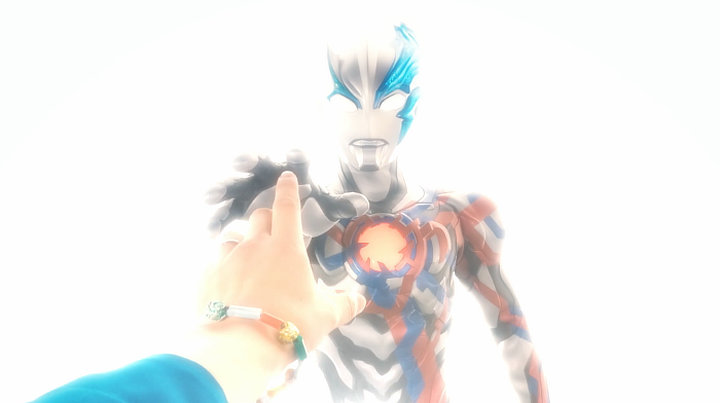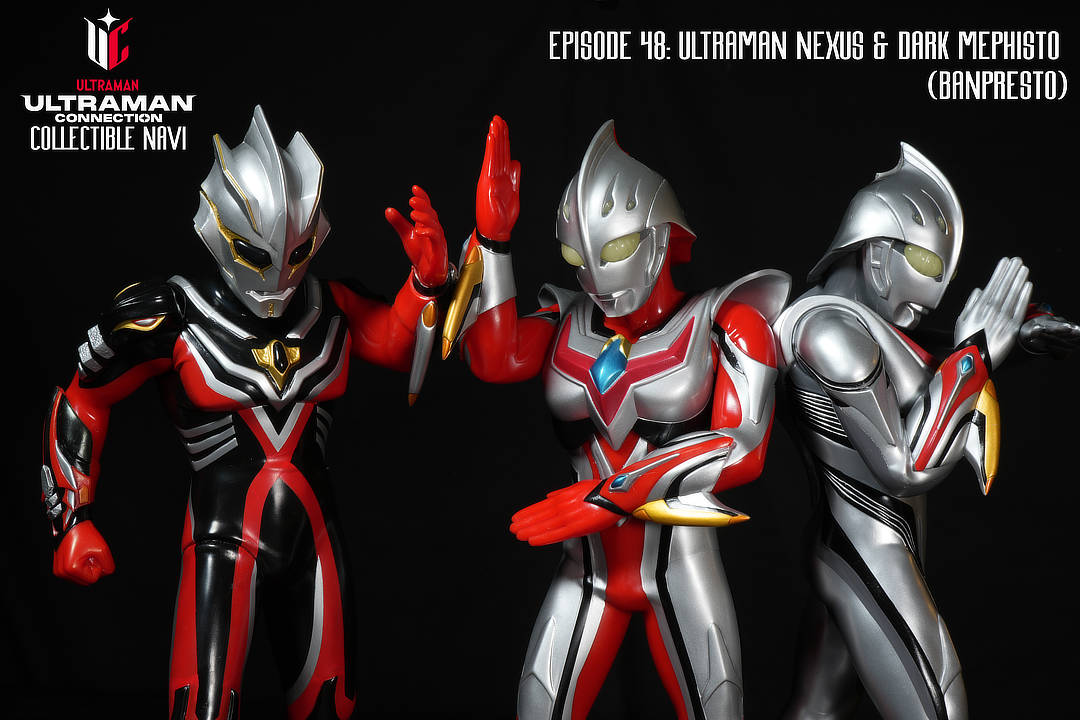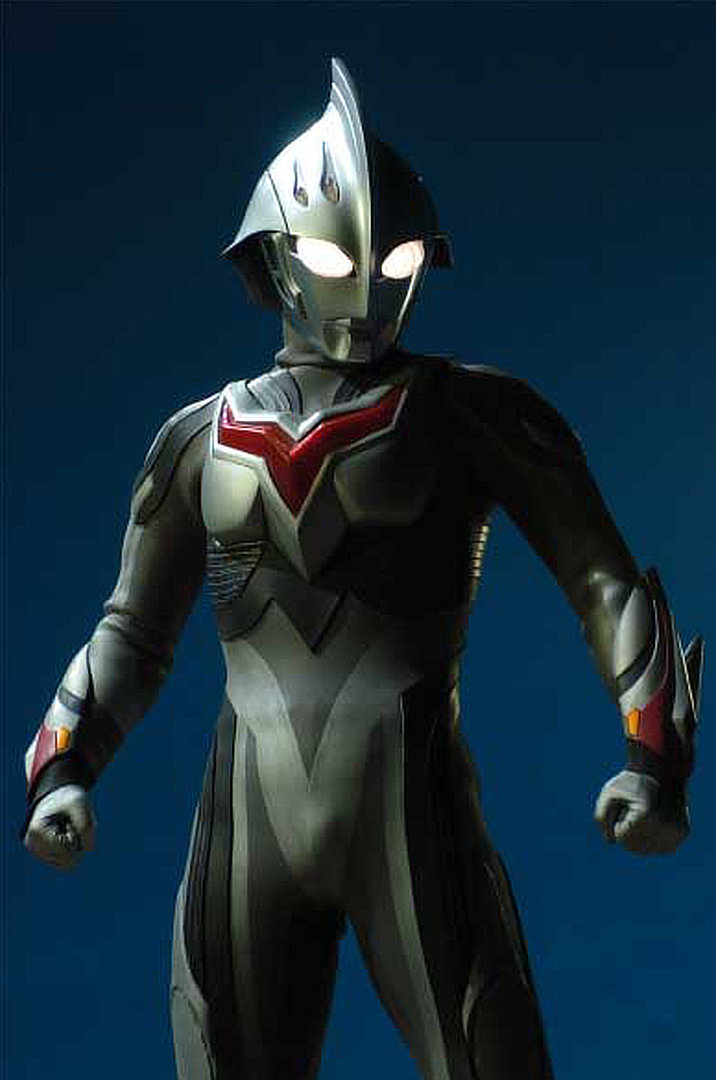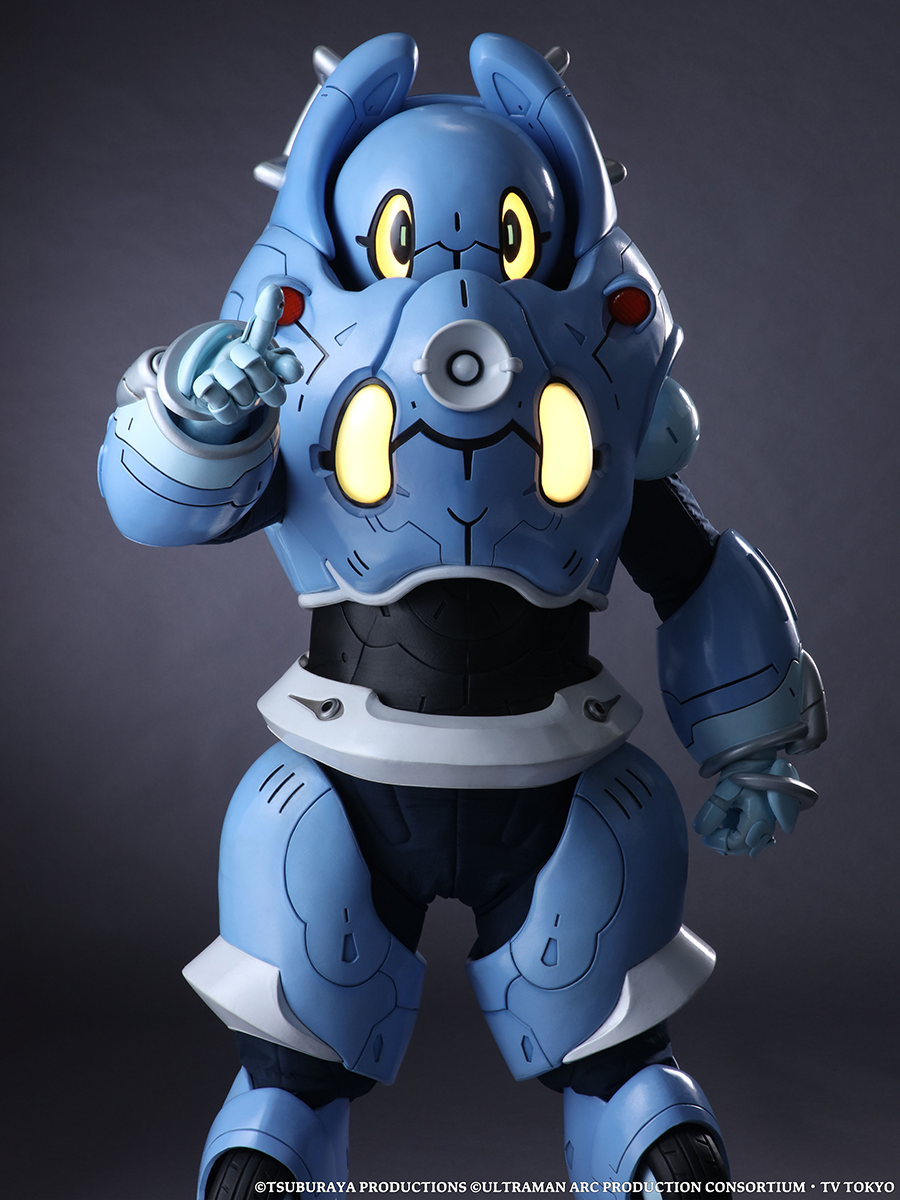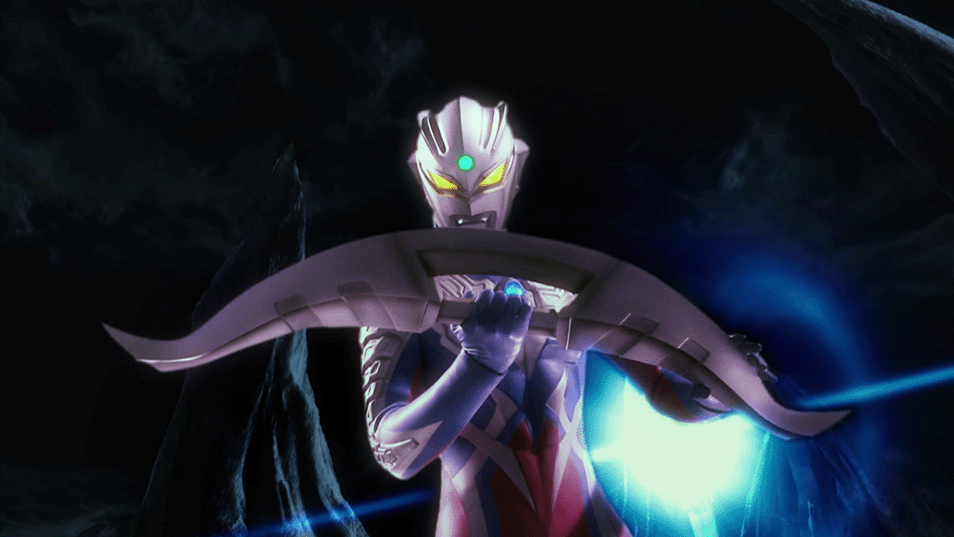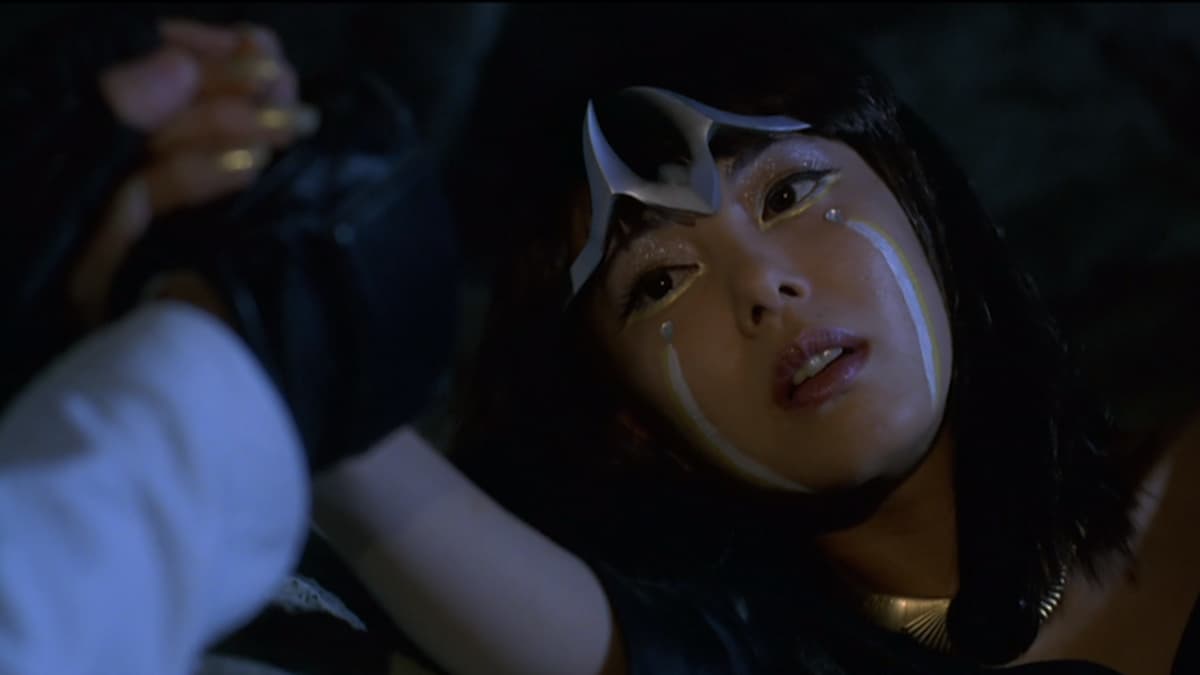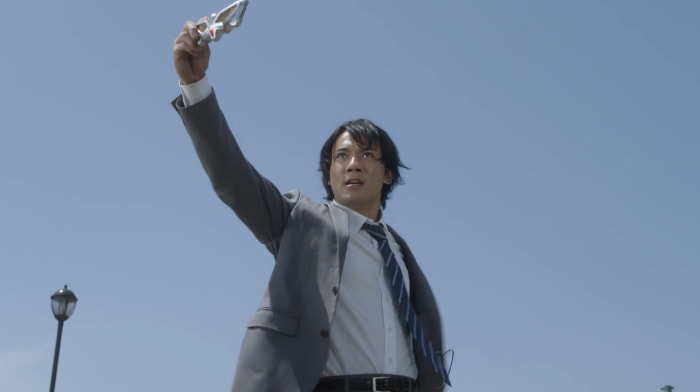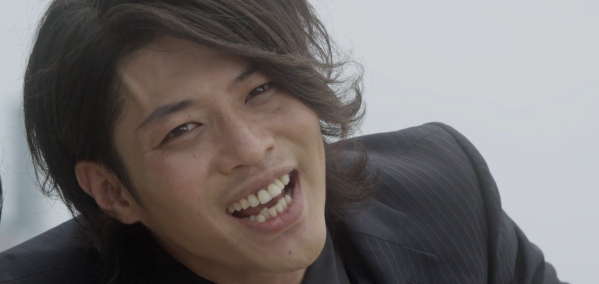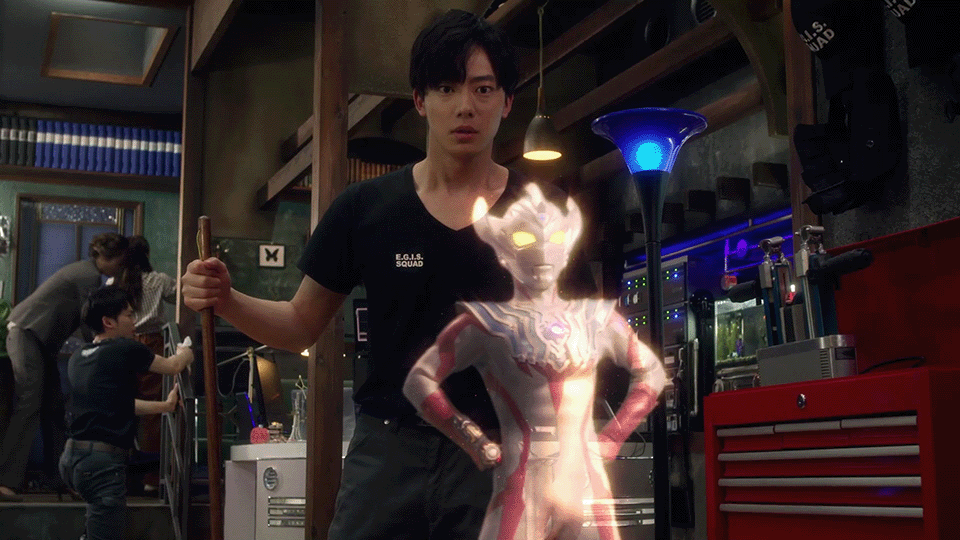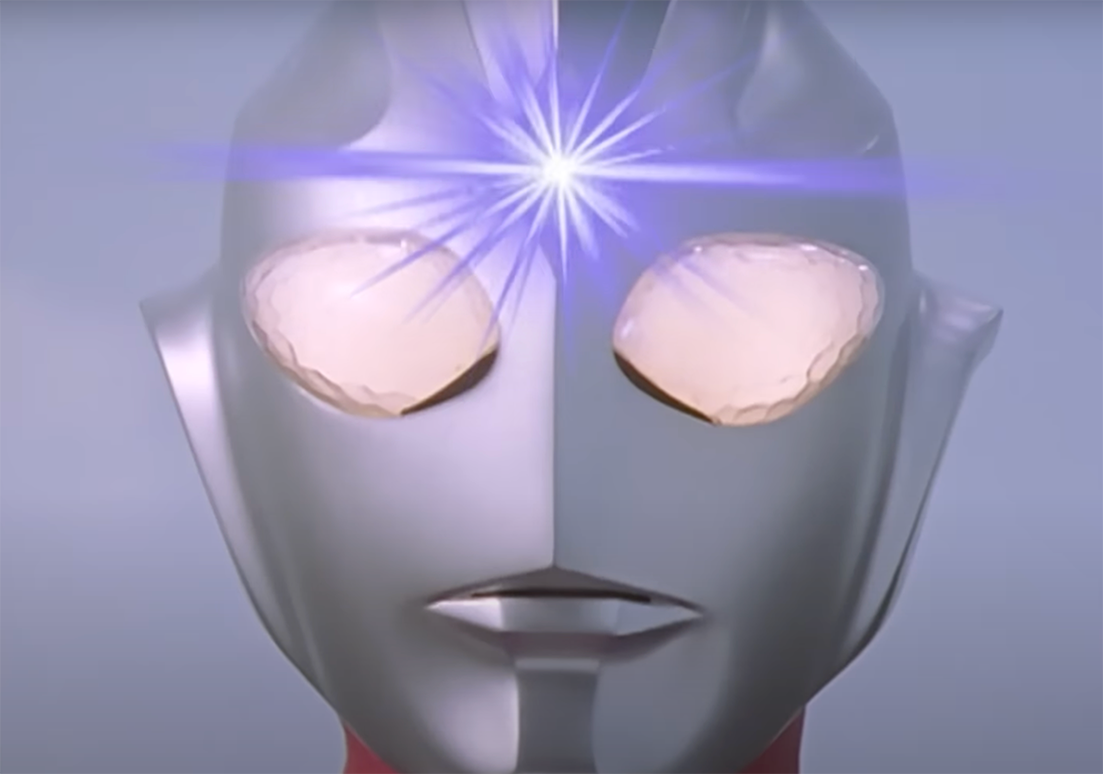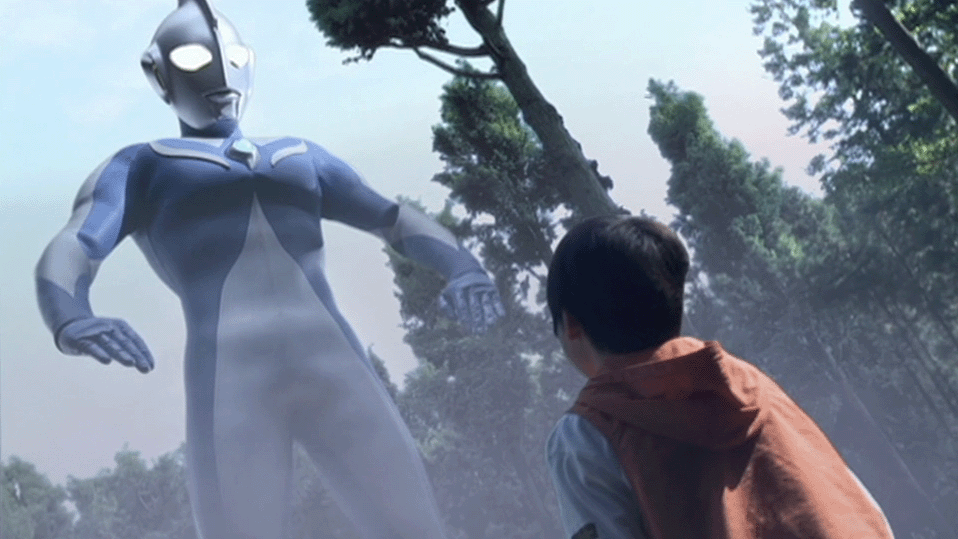Hello and welcome, Ultraman Connection readers! This week, we’re bringing you a slightly different feature to celebrate the finale of Ultraman Blazar. Over the course of its airing, the show made a huge impact on viewers, from new watchers who only just discovered the franchise, to fans who have been watching Ultraman for years. So now that the season has wrapped up, let’s take a look back on what made the show so special.
This might be an obvious point, but since we are covering the events across the entire series, there will be major spoilers for the finale episodes discussed here. If you’ve been procrastinating on watching it (I know it’s hard to say good-bye sometimes) then you should get caught up before continuing.
Alright then. Without further ado, let’s look at…
The Story and Themes
Reduced to only its simplest parts, the story of Ultraman Blazar is very straightforward. There’s a group of aliens under the mysterious codename “V99”. They send gigantic, terrifyingly destructive waves of “Space Kaiju” to attack the Earth. The main characters in our defense team “SKaRD” and Ultraman Blazar himself fight back against those Kaiju in order to protect the planet.
But that’s not the whole story. As the audience, and the characters themselves uncover the details of these events, something else becomes apparent. Something which is even scarier than the prospect of Earth’s destruction by giant Kaiju attacks.
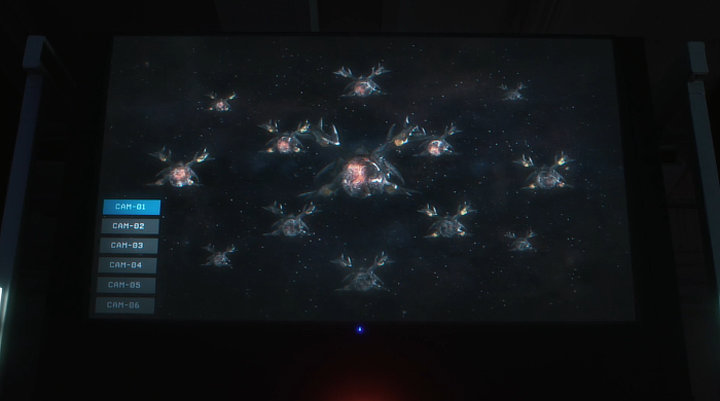
This war didn’t have to happen.
As we learned in the final episode, “Those Who Embrace the Earth”, the V99 were responding to an attack made against an unarmed ship twenty-five years ago. They originally arrived in our solar system for peaceful reasons, in the course of exploring the universe through sophisticated “wormhole” gates. It is, sadly, understandable that the GGF mistook their arrival for a hostile invasion at the time. And it is equally understandable – and equally sad – that the V99 themselves began to send Kaiju to attack the Earth in response to our attack.
Rather than this being a battle of good versus evil, the war which erupted between humanity and the V99 was borne out of fear. Both sides feared the other, did not understand their actions, and assumed the worst. Throughout the entire series, Ultraman Blazar focuses on the disastrous consequences of our fearful response to the unknown, and our failure to seek understanding and communication with other lives around us. This is true even in the episodes which don’t directly deal with the V99 or the Space Kaiju!
This was established from the very first episode. I’m sure all of us were Ooh-ing and Aah-ing over the stylistic, cinematic flair of that episode, as we watched Captain Gento and his teammates struggle to counter Bazanga’s attack at night. But that fight was a struggle in the first place because of the GGF’s stubborn refusal to understand the Space Kaiju’s behavior, weaknesses, or even the details of their own troop movements on the ground! Even when orders were given to attack Bazanga, they somehow got snarled up and nearly got Gento’s squad killed regardless!
I could give examples of these failures to communicate – to understand the world around us – across every single episode. “Communication” is often described as the show’s main theme after all, that’s not a new observation. It’s emphasized in the various plots for each episode, and the overarching story, but it’s such an effective theme because we also see it played out by…
The Characters of SKaRD
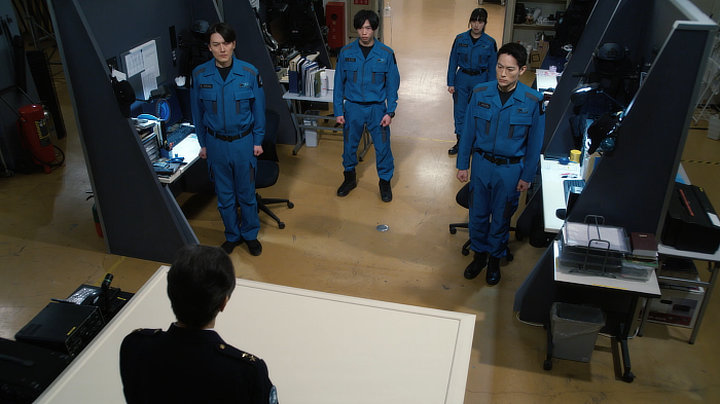
And I’m including Ultraman Blazar himself in this category too. After all, the entire team considers him a friend and a fellow comrade by the end of the series. I couldn’t look myself in the mirror if I didn’t respect their wishes!
Nowhere else in this show do we see this theme of communication emphasized as strongly as between Captain Gento Hiruma and Blazar. There have been many examples of Ultra heroes who work with a human host in order to protect the Earth, but this series gave us something really unique in their relationship. Neither of them can understand the others’ language, but they grow closer and learn how to fight together as a team because they can still understand each others’ actions.
This begins with their first encounter, during the accident at Test Facility 66, three years before the start of the show’s events. Gento didn’t know what caused the accident, or what caused the wormhole to open up in the building – but he saw someone who needed help, and threw himself into danger to reach out to them anyways. While they were both bound together by their mutual desire to protect other lives, the details of that fight sometimes caused conflict between the two of them.
Because of their lack of communication, Gento even tried to leave Blazar behind and fight without his strength, because he misunderstood Blazar’s efforts to protect other lives (even Gento’s own life!) as an unpredictable interference. In order to fight together truly with the power of Ultraman, Blazar himself had to learn about humanity, but Gento had to do something even more dangerous and terrifying than facing down gigantic Kaiju.
He had to admit he was wrong.
Just like with Emi Aobe uncovering the disastrous secrets of the GGF, and General Retsu Haruno risking his entire career to help her, Gento learns that the only way to move forward in understanding is to become vulnerable in this way. But through each of those challenges, Gento and Blazar both become stronger, and the SKaRD team also learns from those mistakes to be a better, more effective team than the GGF could order on their own.
The same theme of communication also plays out in other, smaller ways for each of the SKaRD members. Teruaki stubbornly advocates both for the lives of his teammates and for the lives of all other living creatures on Earth – even the Kaiju! – but faces stubbornness in return from the higher-ups of the GGF, and from his own family who refuse to see his perspective. I think he became my favorite character because of how strongly he fights for those ideals, even to the point of refusing orders from the GGF in the first and last episode of the show.
Anri Minami, one of the Earth Garon’s pilots, also served as the main perspective character for the first half of the show. She was essentially the rookie of the team, brought in because of her talents, but couldn’t see herself and those talents until she was able to prove herself through SKaRD’s missions. At the same time, because she was on the outside of the GGF’s career politics, she was able to give unique insights to the team.
If I have one regret about this aspect of the show, it was that we didn’t see as much of Yasunobu Bando’s fantastically cut abs- er, I mean his unique contributions to the team outside of his mechanical skills. However, that also fits in with this theme of communication.
Yasunobu loves technology, understands how it works on a deep level, but when pushed to perform miracles by the GGF – like trying to pilot the Earth Garon under 9 G’s of force – he couldn’t seem to make the higher-up’s understand his own worth as a member of the team. Like the Earth Garon and the other pieces of machinery the team used, the rest of the GGF only saw him as a widget to fulfill a function. His focus episodes helped to show that even machines have a heart too – and lives have value beyond just their simple utility.
The SKaRD team, alongside Ultraman, fought to protect all the lives of the Earth for this reason, and I loved seeing them grow stronger and take on bigger challenges as the show continued. But the human members of SKaRD weren’t the only important characters of Ultraman Blazar, and I think many of the episodes were stolen by the real stars of this show…
The Kaiju
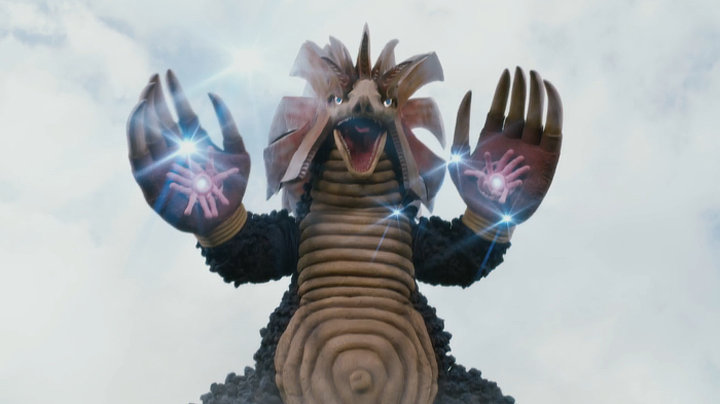
And the aliens. Just the general weird stuff that falls out of the sky or bursts out of the ground to ruin the day of the average citizen in this setting. This intrusion into our comfortable lives and the assumptions we make of reality is necessary in many Ultraman shows in order to show something important about our lives. I loved the variety of different creatures and strange beings shown off in each episode, and each of them helped to make different – and very important – points that reflect the main themes of the show.
Blazar also notably used a lot of original Kaiju compared to some previous series. This went a long way towards emphasizing it as something new, rather than a “New Generation” riff on an older classic, or another extension of the many legacies throughout the Ultraman franchise. I don’t say this to dunk on any of the previous shows, please don’t misunderstand! But it’s clear that Blazar wanted to tell its own unique story through these encounters with unique, bespoke Kaiju, and I appreciate the huge amount of effort to design, produce and stage all the props and suits needed for it!
I also loved seeing the audience's reactions to many of these designs, and I feel like many of the terrestrial Kaiju, like Gedos, Taganular and Mogusion, might become new, modern favorites in the future. Who knows, maybe 25 years from now, we’ll be seeing a new version of one of those Kaiju stories, with new appearances from the Space Kaiju, or one of the original Kaiju like Deltandal.
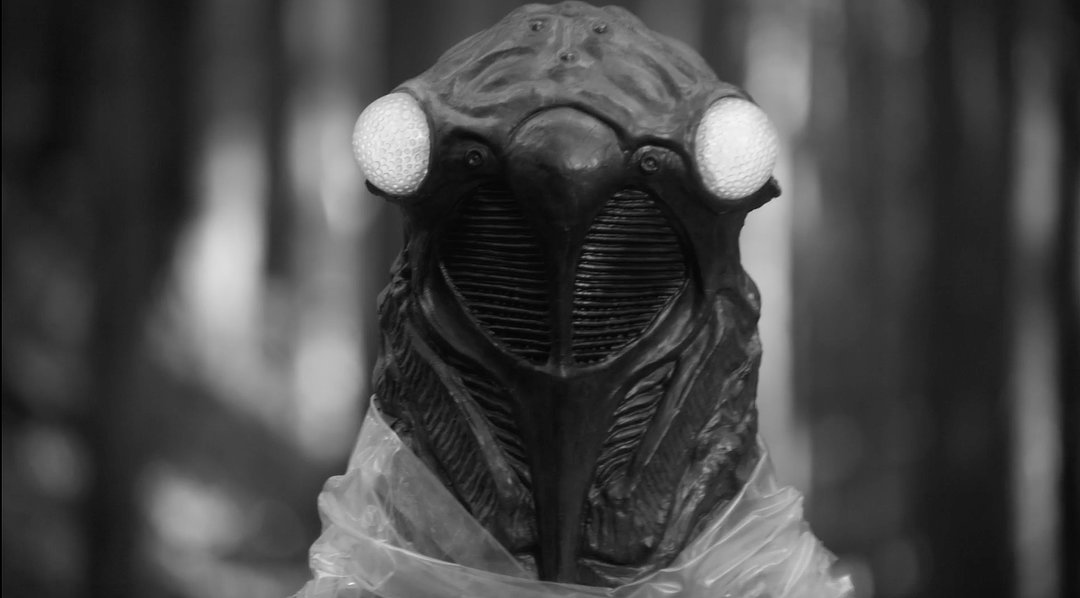
In addition to the “new hotness”, the returning Kaiju and aliens were also used in creative ways. Episode 9, “Planet of Music” wound up being a fan favorite, but it wasn’t just because it brought back the classic “Cicada” aliens and Garamon from the original Ultra Q series! Other episodes gave audiences modern updates to classic Ultraman episodes, but told through the unique perspectives of everyday people. In all these cases, encounters with the unknown become opportunities for growth, discovery, and the creation of new bonds between the lives caught in the middle of otherwise-terrifying circumstances.
Overall, Ultraman Blazar excels at this kind of storytelling, across many different levels involving its characters, setting, story, and more. I could talk for many more weeks about each one of these aspects in detail – and probably will, even if it doesn’t get published here on Ultraman Connection. There’s still one more element of the show which made for such a memorable experience for audiences, and we’d be remiss to not even mention…
The Spectacle
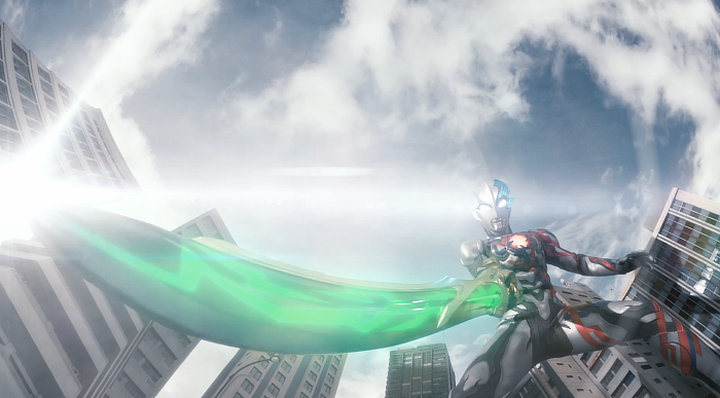
Gosh, this is just a really cool-looking show. There’s no better way to put it. Everything about Blazar’s design, from the almost-skeletal looking suit encrusted with glowing blue crystals and vibrant electric lines, the raw, sharp-edged facets of his transformation stones and weapons, was totally unique and instantly grabbed our attention from the first trailer.
Blazar’s raw and wild fighting style also got our attention in the first episode, and I personally never got tired of seeing the creative ways he faced down the myriad Kaiju and alien threats of the series. Even with attacks like the Spiral Burrade, familiar finishing moves took on a life of their own to match each episode in endlessly creative ways.
I also want to point out how well Blazar’s personality, and the personality of the Kaiju, was told through these spectacular battles. Veteran suit actor Hideyoshi Iwata didn’t only provide Blazar’s movements, but also his yells and, uh… other vocalizations during these fights. Even though we never heard a single line from Blazar (until the final episode, that is), we could tell that Blazar fought with intentional strategy and heroic goals. Those clear intentions helped a great deal to make him a relatable protagonist, just as much as the other members of SKaRD.
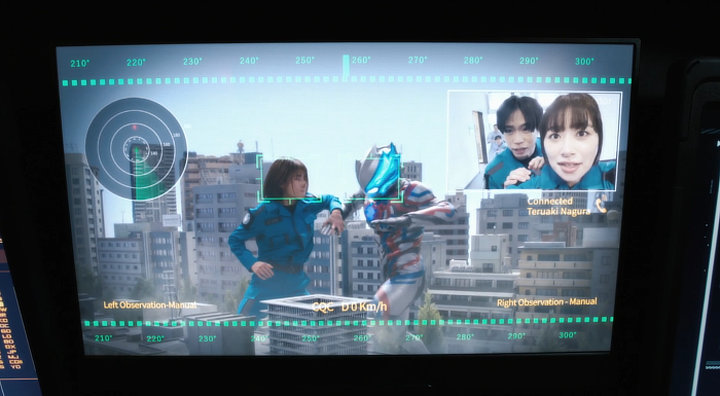
Tsuburaya always puts a huge amount of care into every suit, miniature set, and frame of cinematography when creating these shows. This year, Blazar showed off that dedication to these elements of tokusatsu, largely because of the variety of different Kaiju, aliens and other storylines incorporated into the show. Any way you break it down, the attention to each minute detail of these practical effects and cinematic showpieces is truly impressive, and I’m excited for whatever comes next in the franchise.
Which won’t be too long of a wait, actually! We still have an epilogue in Ultraman Blazar the Movie: Tokyo Kaiju Showdown, scheduled for release on February 23rd! With all the gushing I’ve done about this show in this article, and for the past half of the year as it aired, you bet I’m equally as pumped to see more of it.
I’m dreading wrapping up this series of articles though, because it truly was something I looked forward to each week, ever since it premiered back in July. Ultraman Blazar delivered a series that was simultaneously fresh and familiar, dealing with global problems and threats against human civilization, while still conscientiously concerned about the individual lives and perspectives caught up in its story. It was funny, heart-wrenching, sober and yet wildly creative in its depiction of Earth, humanity and the wide universe beyond us. I can’t think of any better praise for this show than the fact that I wish there was another 25-episode season to carry on with these characters and the setting.
In the future, we’ll have new Ultra heroes and new adventures to look forward to. For all the news, events, articles and terrible puns to come in those future days, we hope you’ll stay tuned right here to Ultraman Connection.
